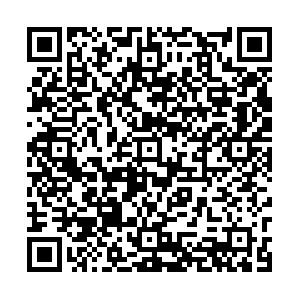-
Abstract
Bound states in the continuum (BICs) have exhibited extraordinary properties in photonics for enhanced light-matter interactions that enable appealing applications in nonlinear optics, biosensors, and ultrafast optical switches. The most common strategy to apply BICs in a metasurface is by breaking symmetry of resonators in the uniform array that leaks the otherwise uncoupled mode to free space and exhibits an inverse quadratic relationship between quality factor (Q) and asymmetry. Here, we propose a scheme to further reduce scattering losses and improve the robustness of symmetry-protected BICs by decreasing the radiation density with a hybrid BIC lattice. We observe a significant increase of radiative Q in the hybrid lattice compared to the uniform lattice with a factor larger than 14.6. In the hybrid BIC lattice, modes are transferred to Г point inherited from high symmetric X, Y, and M points in the Brillouin zone that reveal as multiple Fano resonances in the far field and would find applications in hyperspectral sensing. This work initiates a novel and generalized path toward reducing scattering losses and improving the robustness of BICs in terms of lattice engineering that would release the rigid requirements of fabrication accuracy and benefit applications of photonics and optoelectronic devices. -



 E-mail Alert
E-mail Alert RSS
RSS


